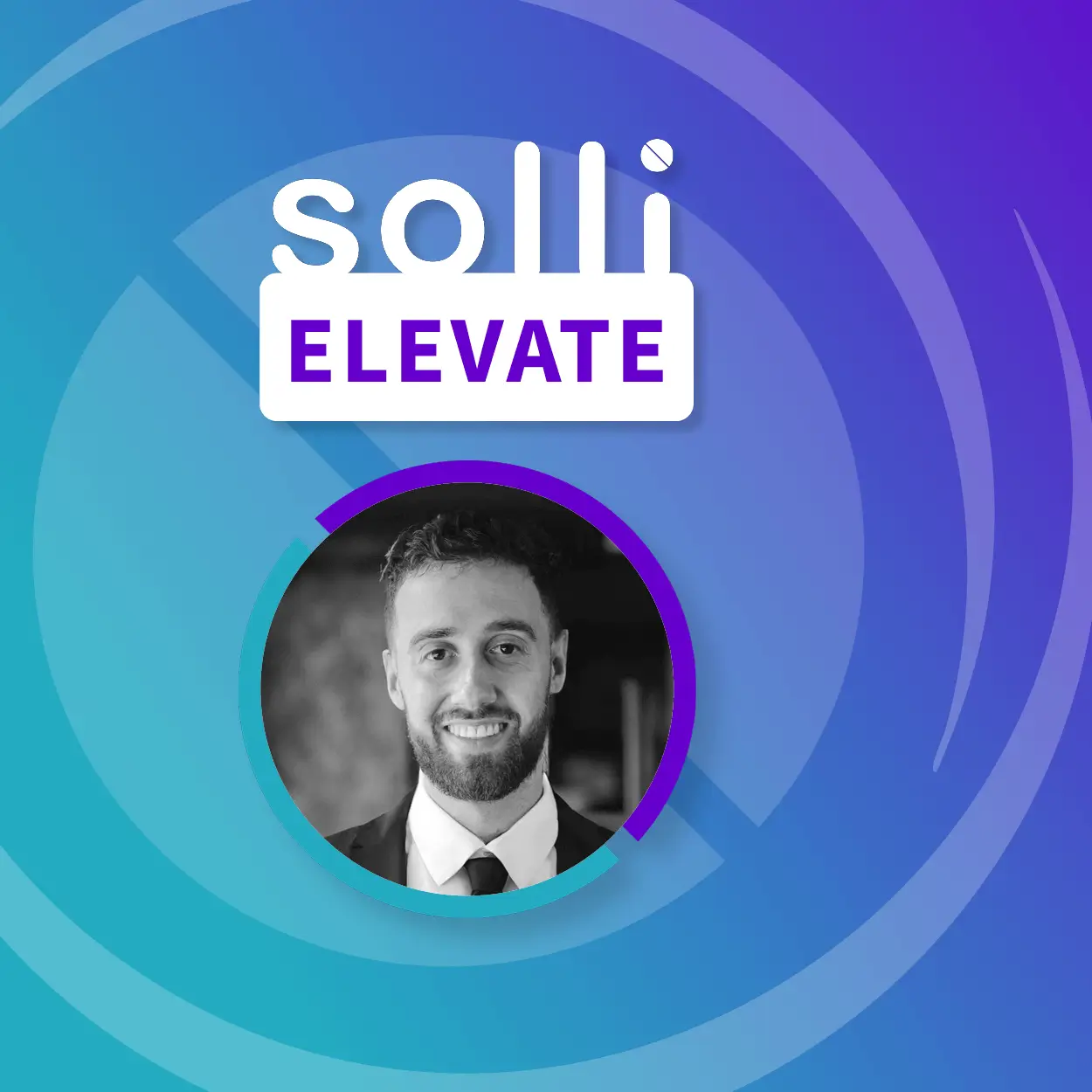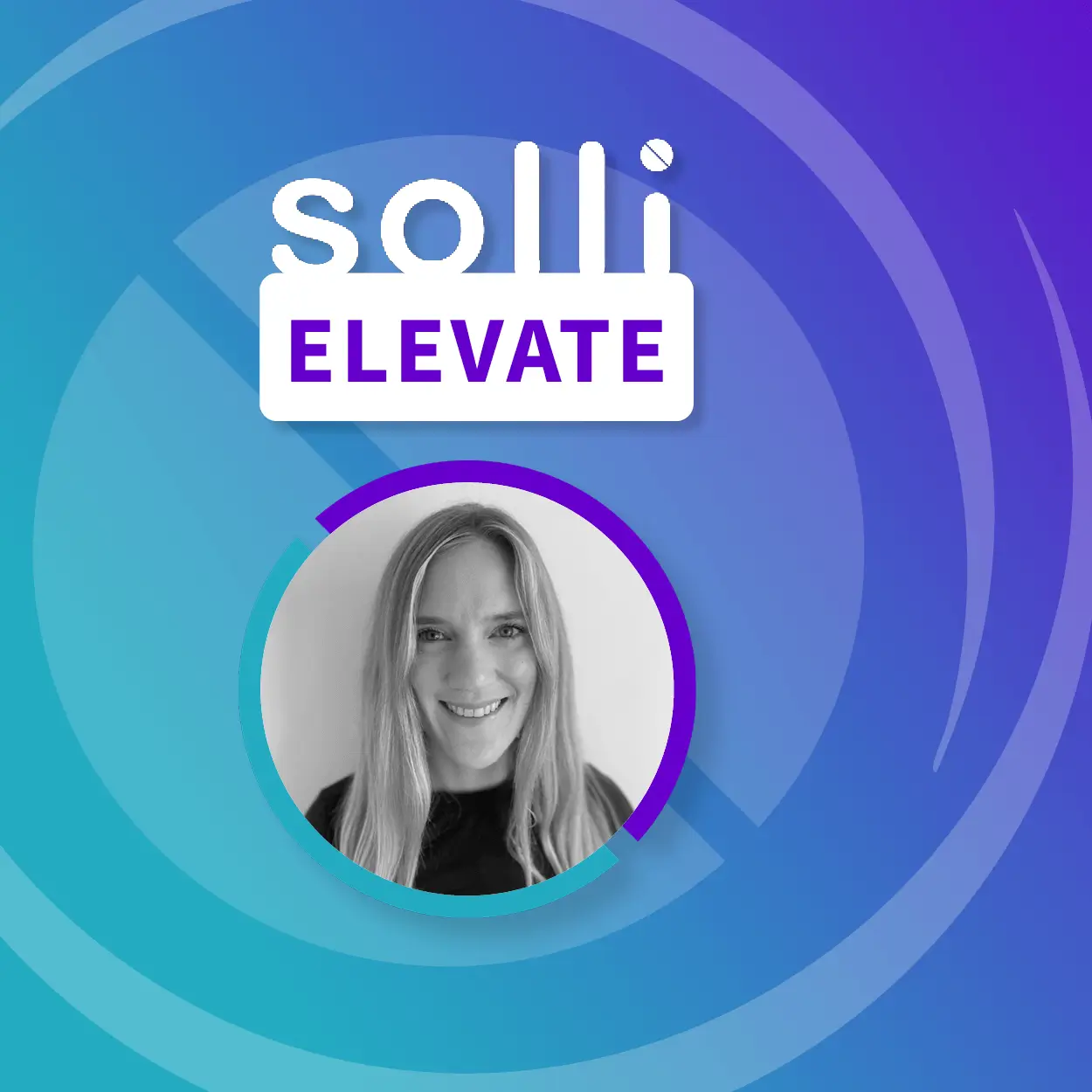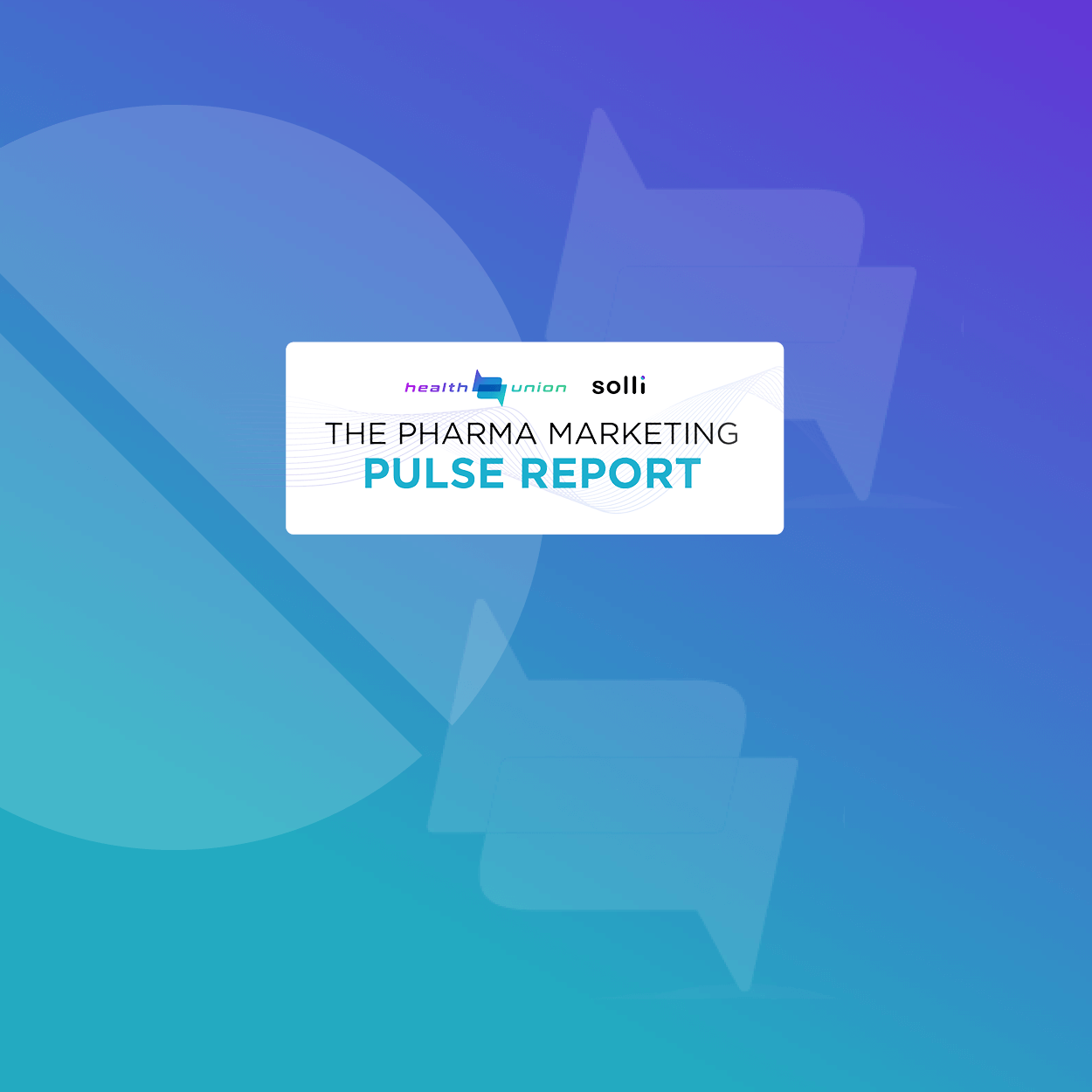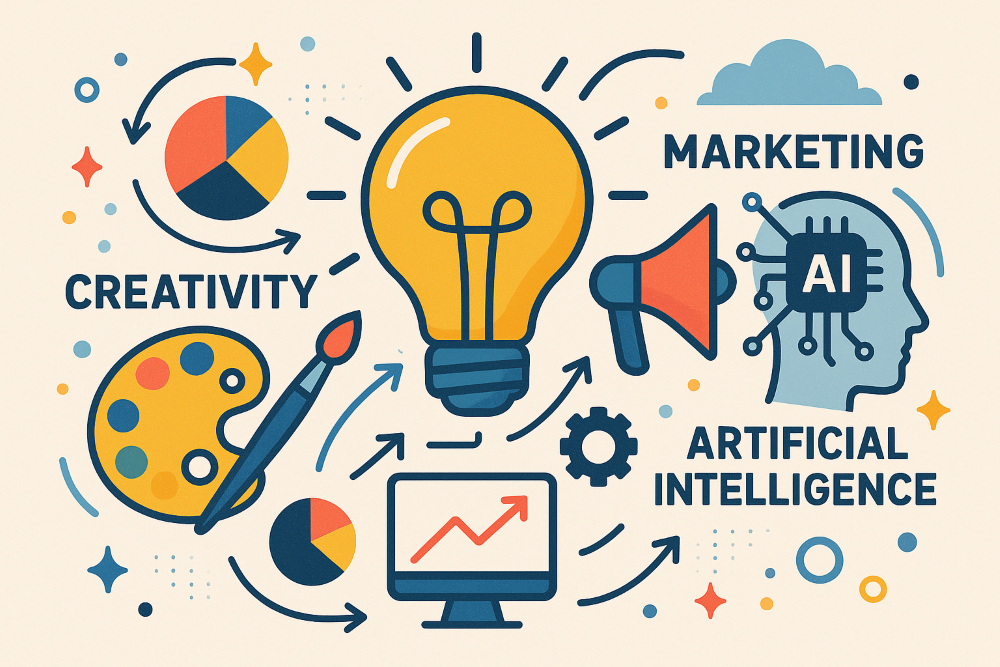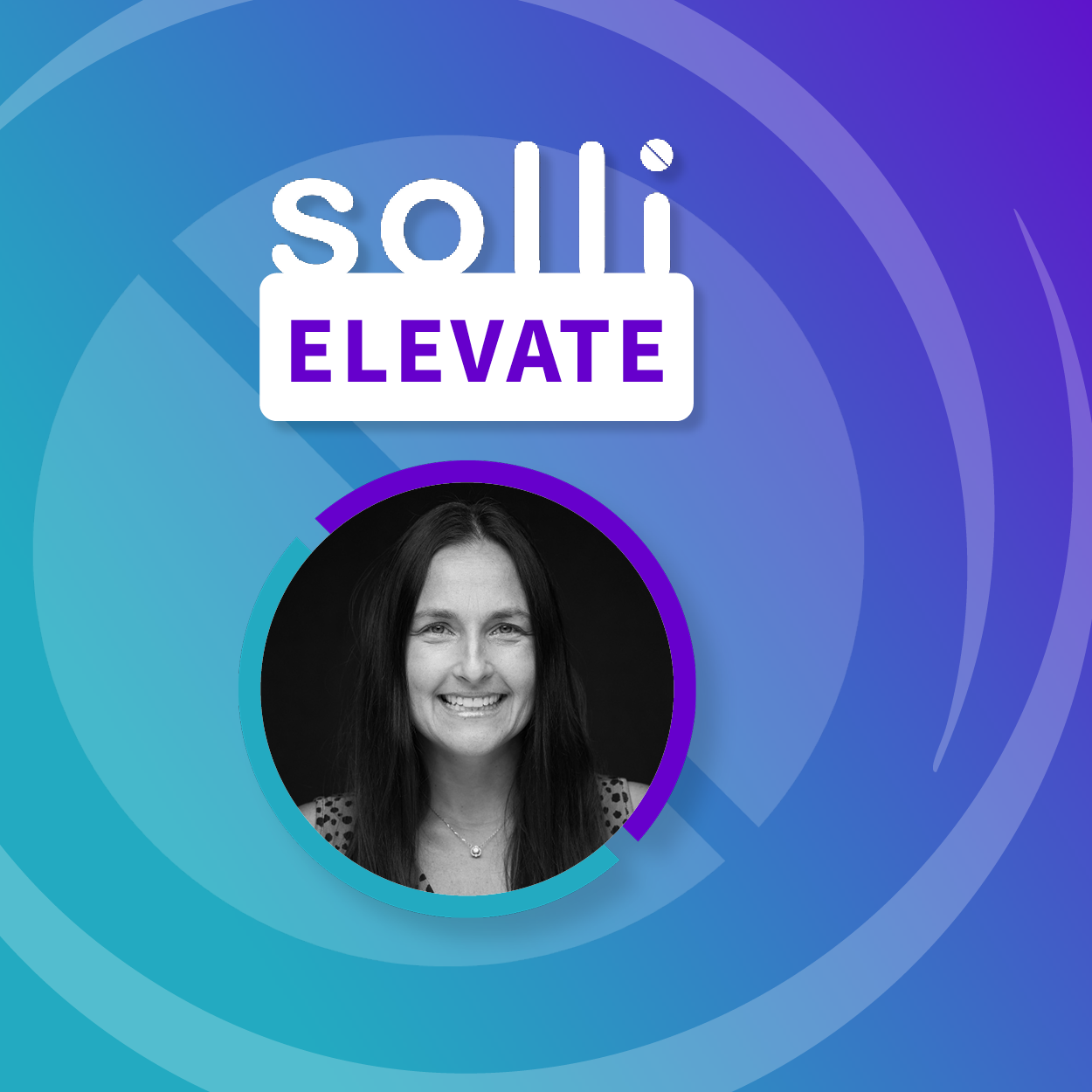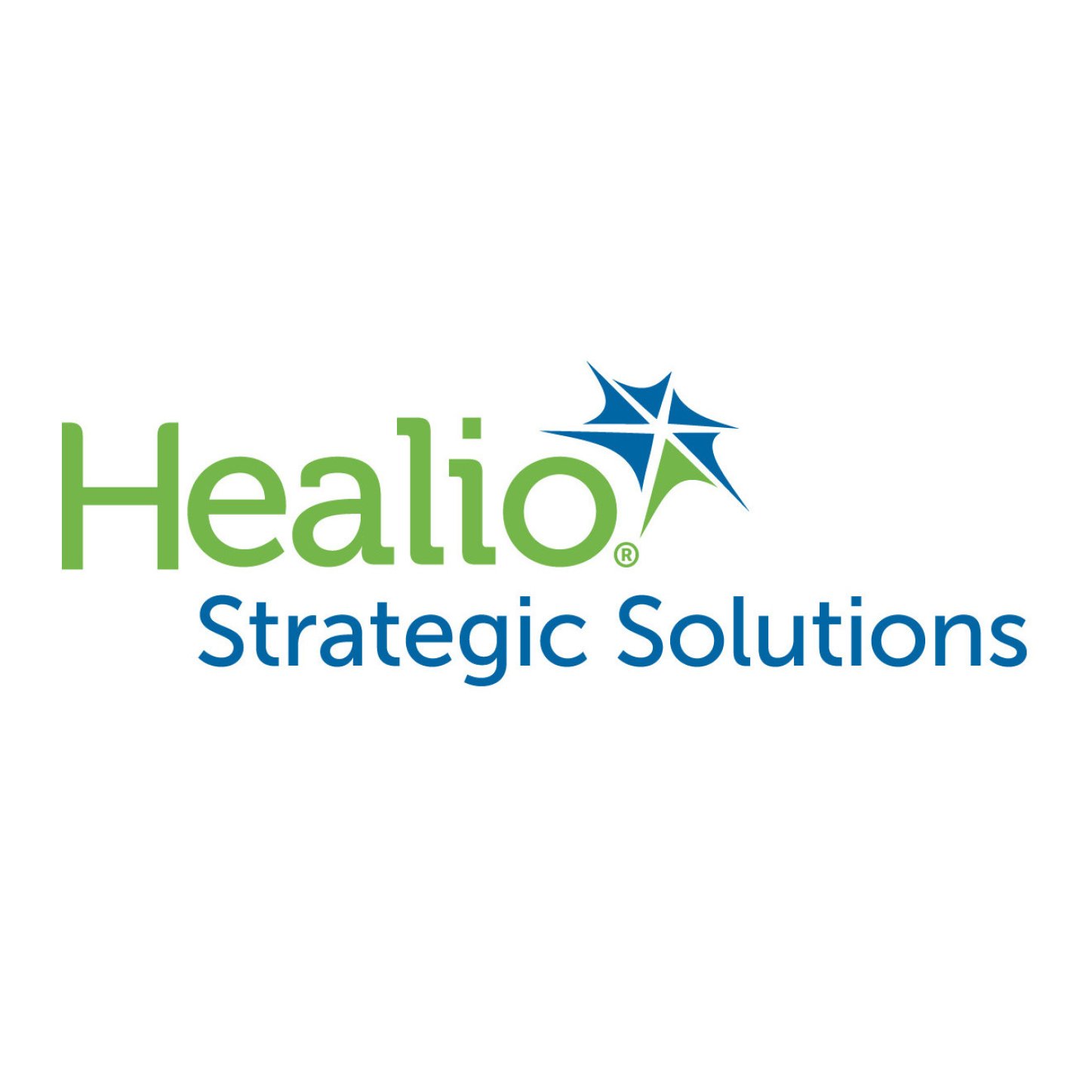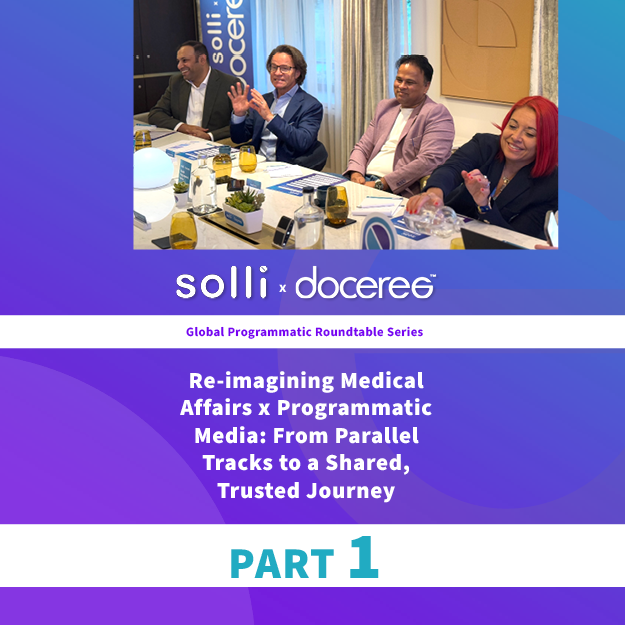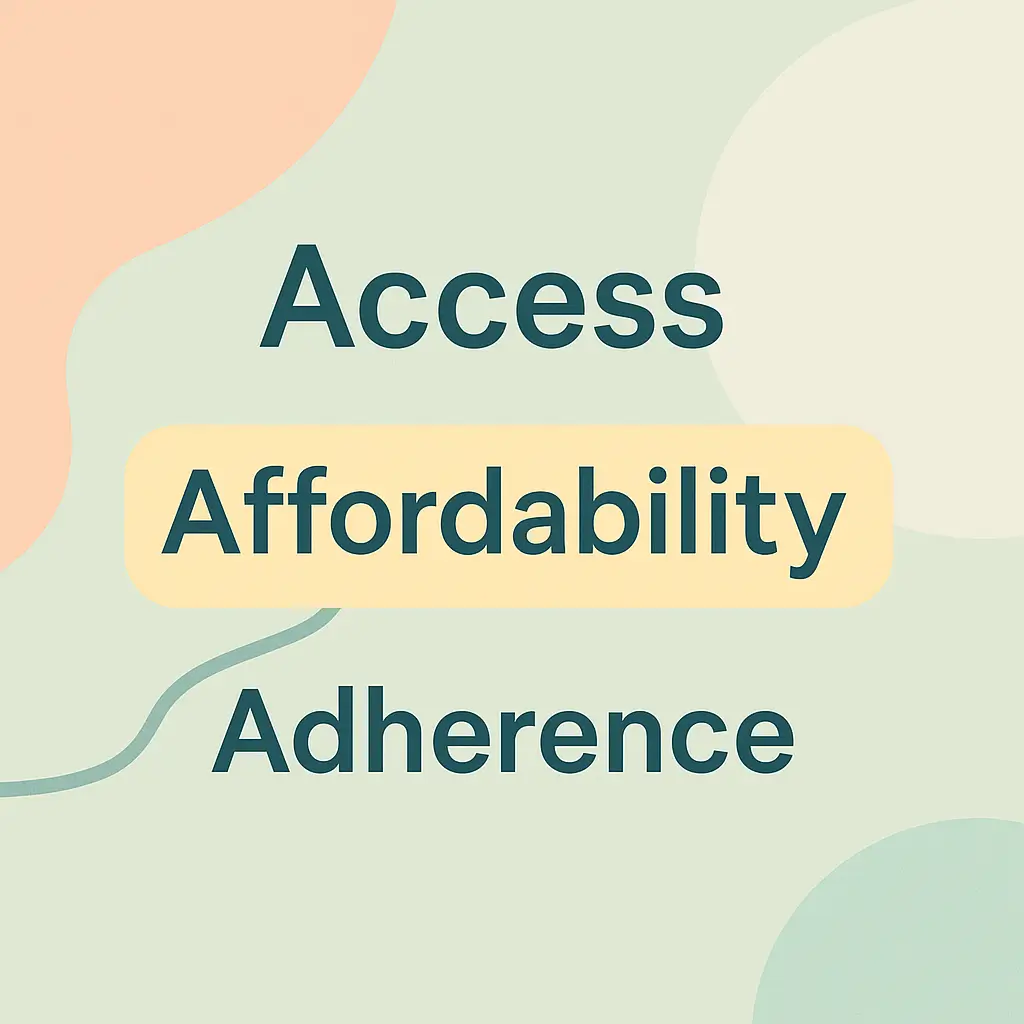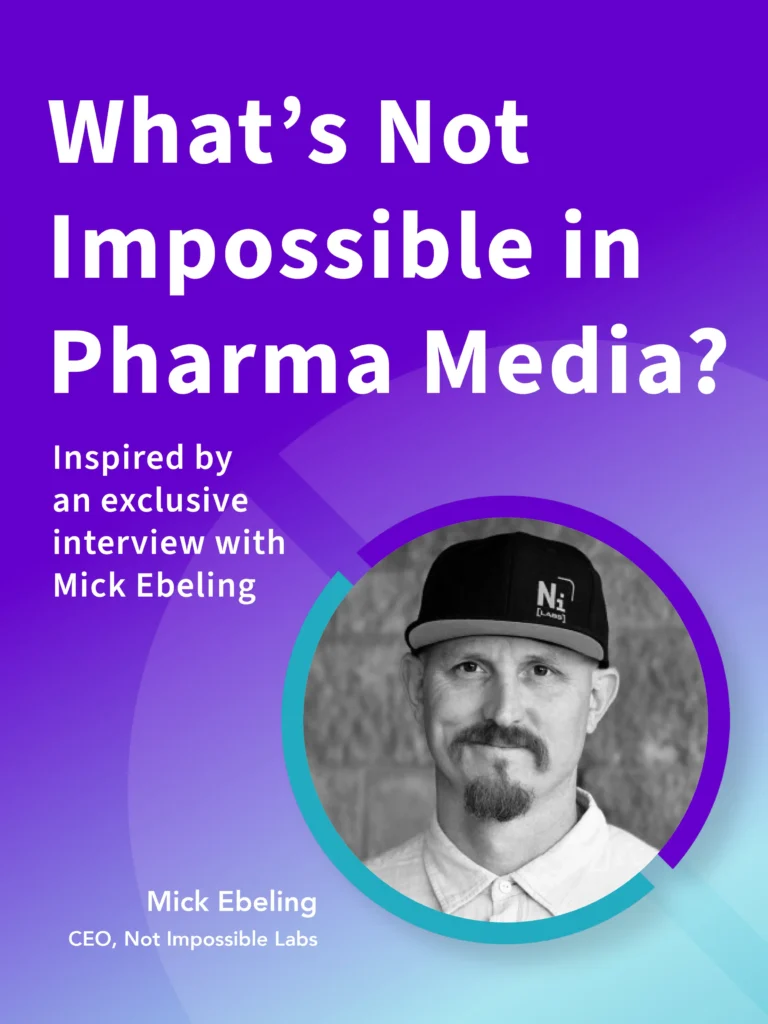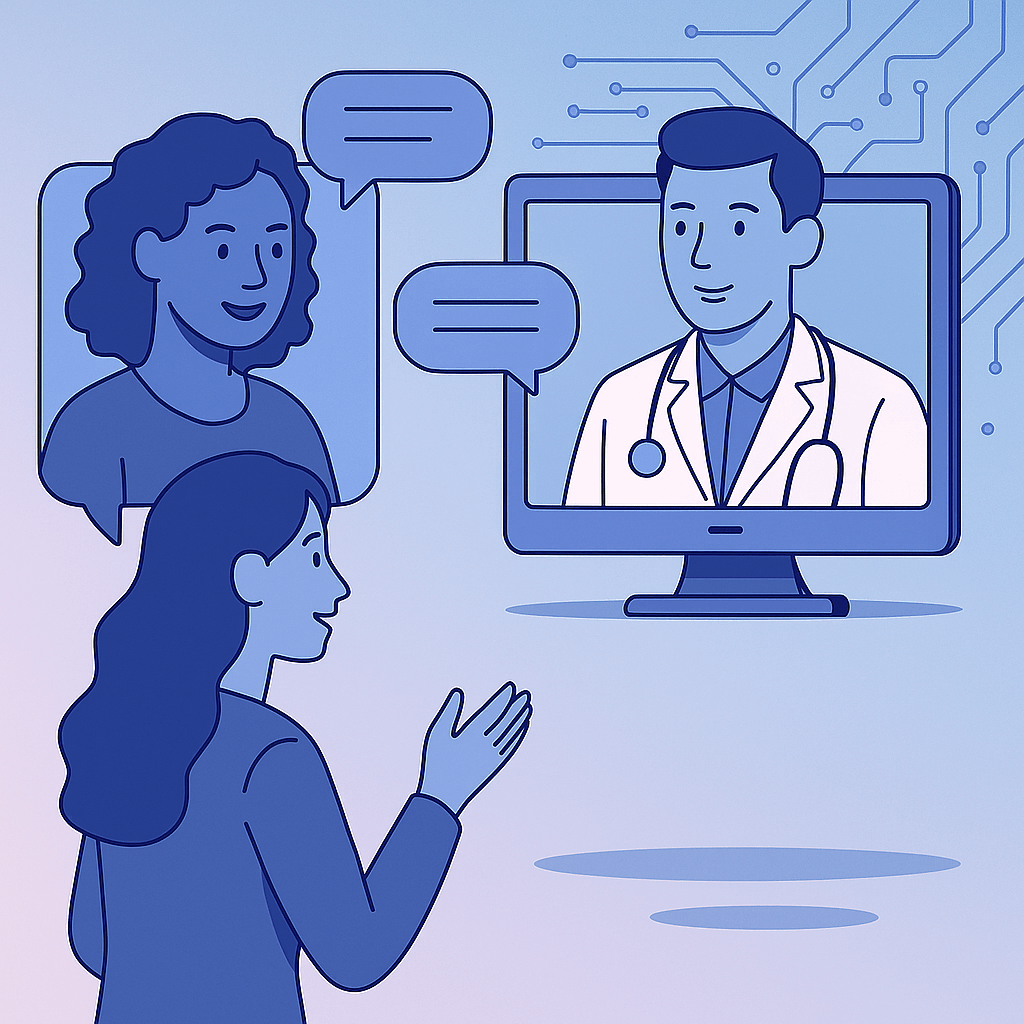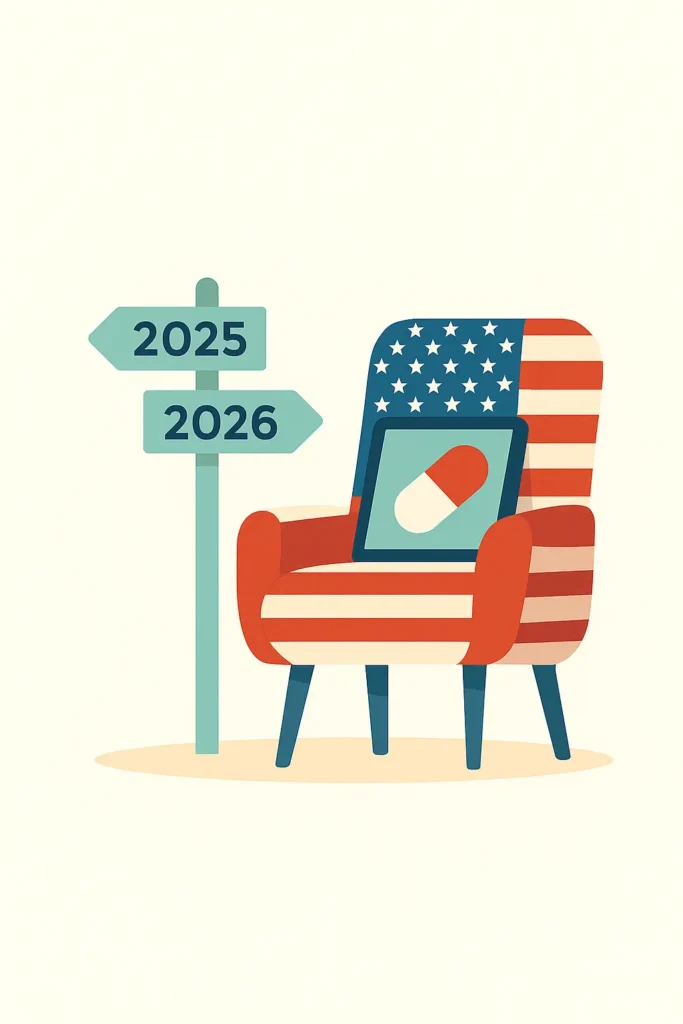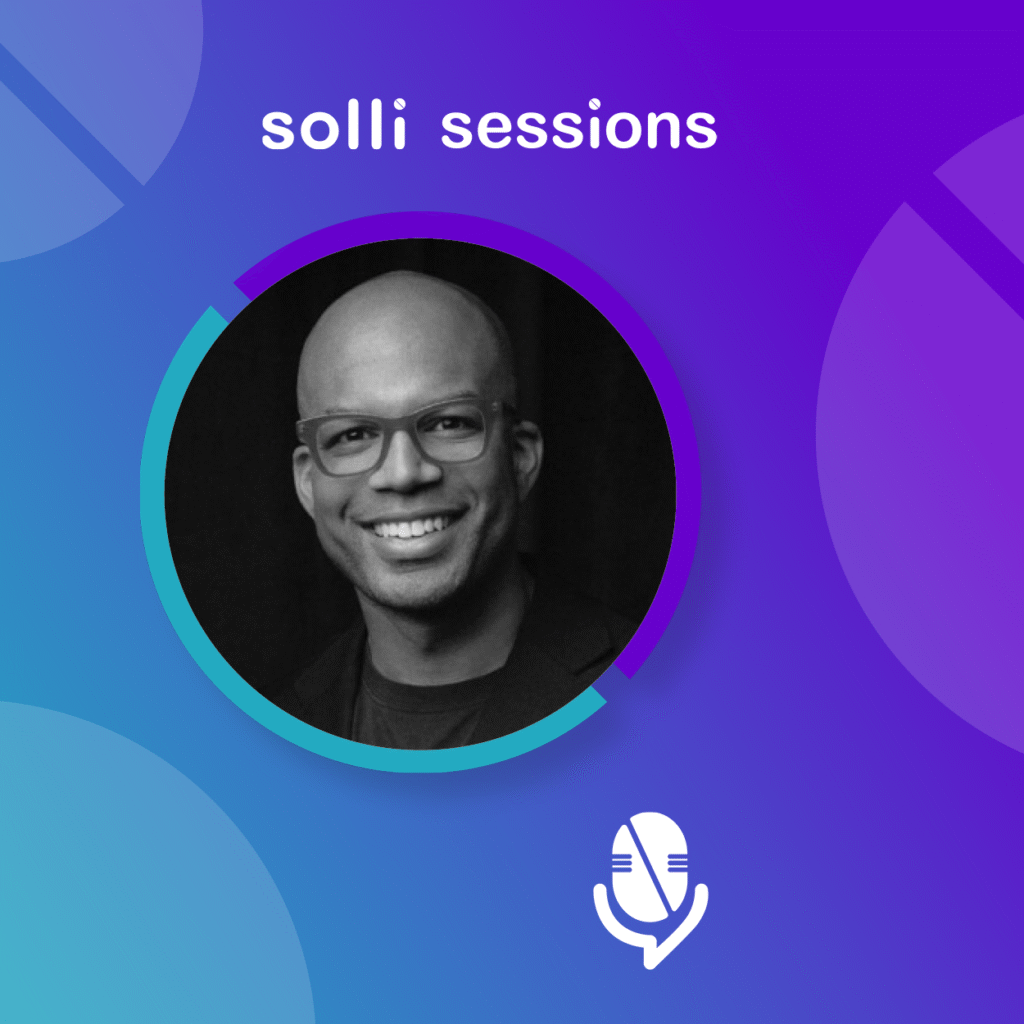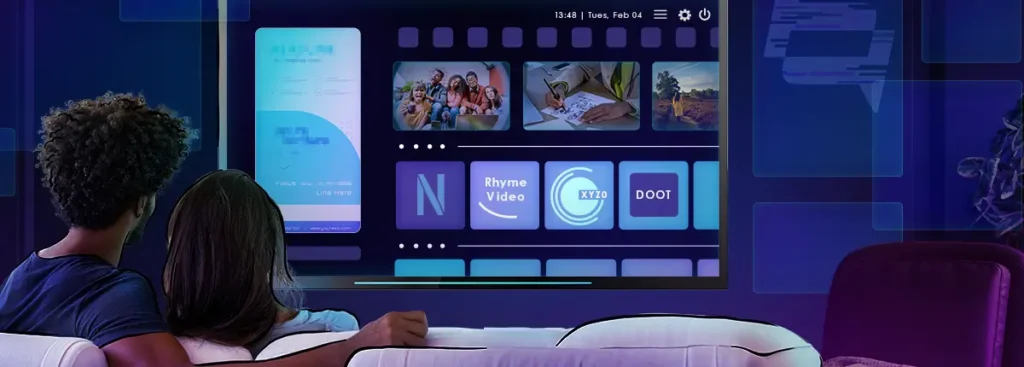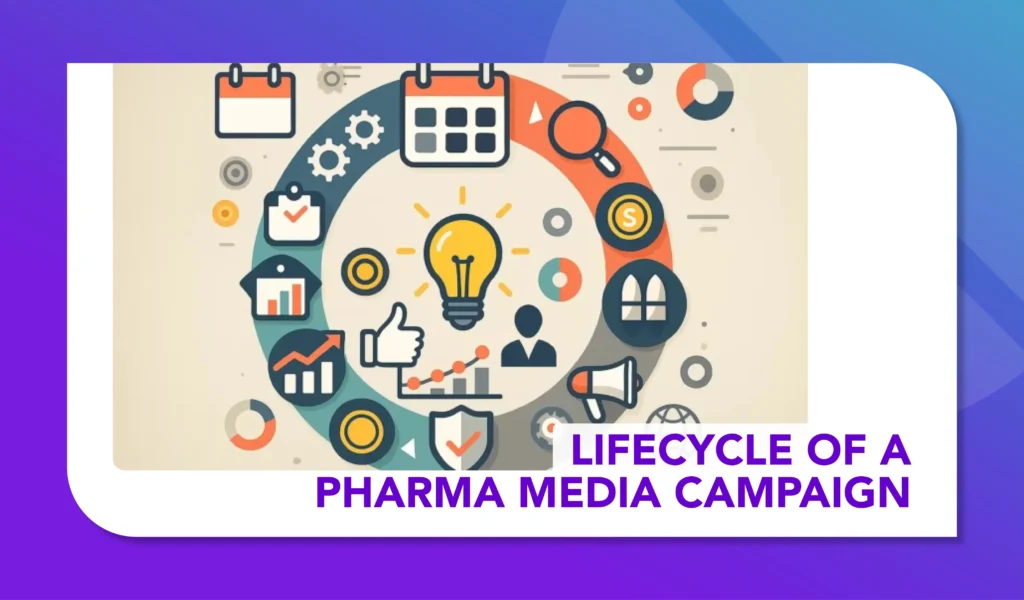Google’s AI Health Updates from The Check Up 2025
What Media Professionals in Pharma & Healthcare Need to Know

At its 2025 The Check Up event, Google unveiled a host of AI-driven developments that are beginning to reshape how people search for medical information, how data is connected, and how treatments are discovered.
For those working in media across pharmaceutical and healthcare brands, these changes aren’t just interesting – they’re strategical important. They influence visibility, targeting, messaging, and ultimately campaign performance.
Here’s what matters most for media teams—and what to keep in mind as these shifts take hold.
1. AI Overviews in Health Search: A New Layer Between Ads and Answers
Google’s AI Overviews are becoming more prominent in search results and are being enhanced with better clinical accuracy and relevance, thanks to improvements via its Gemini AI models. These Overviews now cover thousands of health conditions and are rolling out across more countries and languages. They’re also encouraging longer, more complex search queries from users.
As these summaries take up valuable space on the results page, they may push both paid and organic listings further down. That has direct implications for impression share and click-through rates, particularly for symptom and condition-focused campaigns. Media teams will need to keep a close eye on top-performing keyword groups to understand if AI Overviews are cannibalising clicks or changing user journeys.
This may also be the time to revisit bidding strategies, evaluate how copy is aligned with more nuanced...
Sign up for full access – it’s 100% free!
Create your FREE account to continue reading and explore more expert insights on Pharma Media.
✅ Free. Fast. No commitment.

